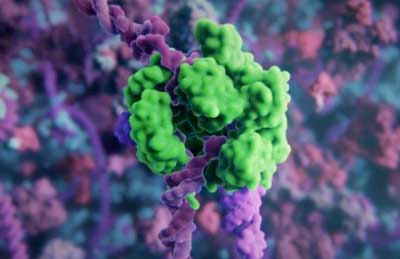 Researchers used lipid nanoparticles to deliver CRISPR/Cas9 gene editing tools for potential treatment of hyperlipidemia.
Researchers used lipid nanoparticles to deliver CRISPR/Cas9 gene editing tools for potential treatment of hyperlipidemia.
Friday, July 12, 2019
Novel nanoparticles deliver CRISPR gene editing tools into the cell with much higher efficiency
 Researchers used lipid nanoparticles to deliver CRISPR/Cas9 gene editing tools for potential treatment of hyperlipidemia.
Researchers used lipid nanoparticles to deliver CRISPR/Cas9 gene editing tools for potential treatment of hyperlipidemia.
Possibilities of the biosimilar principle of learning are shown for a memristor-based neural network
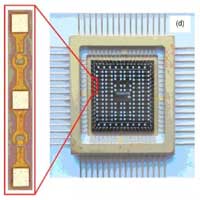 Scientists demonstrate new prospects for using local learning rules based on memristors to solve artificial intelligence problems using complex spiking neural network architectures.
Scientists demonstrate new prospects for using local learning rules based on memristors to solve artificial intelligence problems using complex spiking neural network architectures.
Carbon nanotube films enable method to recycle waste heat
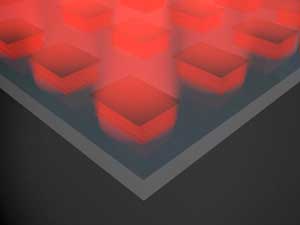 Scientists are designing arrays of aligned single-wall carbon nanotubes to channel mid-infrared radiation (aka heat) and greatly raise the efficiency of solar energy systems.
Scientists are designing arrays of aligned single-wall carbon nanotubes to channel mid-infrared radiation (aka heat) and greatly raise the efficiency of solar energy systems.
Researchers reveal new nanomechanical properties of diamonds mined from meteorite crater
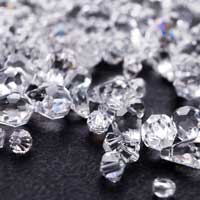 Using a combination of experimental and theoretical methods, physicists proved that this kind of diamond is able to resist all-round compression more strongly than 'ideal' specimens.
Using a combination of experimental and theoretical methods, physicists proved that this kind of diamond is able to resist all-round compression more strongly than 'ideal' specimens.
Strange warping geometry helps to push scientific boundaries
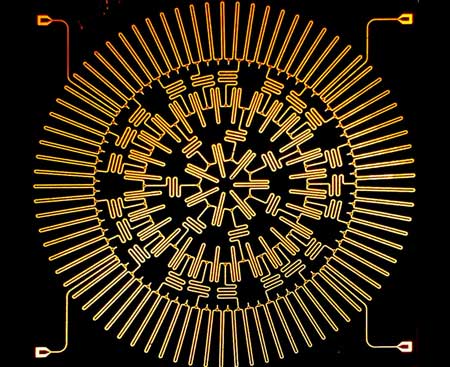 Researchers have built an electronic array on a microchip that simulates particle interactions in a hyperbolic plane, a geometric surface in which space curves away from itself at every point.
Researchers have built an electronic array on a microchip that simulates particle interactions in a hyperbolic plane, a geometric surface in which space curves away from itself at every point.
Red wine may hold the key to wearable electronics
 A team of scientists are seeking to kick-start a wearable technology revolution by creating flexible fibres and adding acids from red wine.
A team of scientists are seeking to kick-start a wearable technology revolution by creating flexible fibres and adding acids from red wine.
Imaging molecules in different charge states
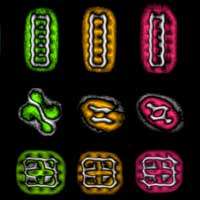 Researchers have been able to resolve with unprecedented resolution the structural changes of individual molecules upon charging, including porphine, the parent compound of porphyrins. This new understanding unlocks some of the mysteries of molecular charge-function relationships as it relates to how biology converts and transports energy.
Researchers have been able to resolve with unprecedented resolution the structural changes of individual molecules upon charging, including porphine, the parent compound of porphyrins. This new understanding unlocks some of the mysteries of molecular charge-function relationships as it relates to how biology converts and transports energy.
Subscribe to:
Comments (Atom)
